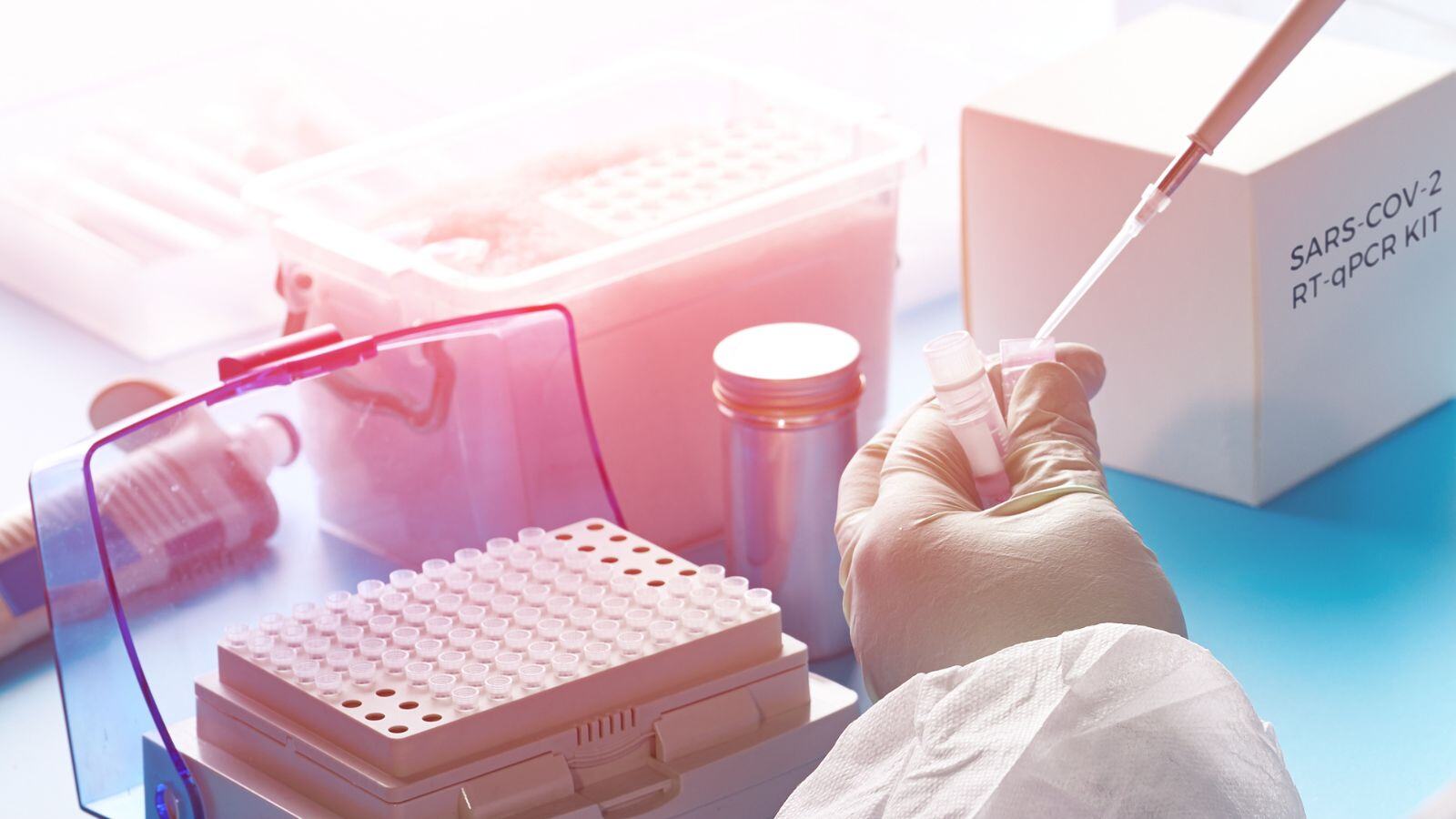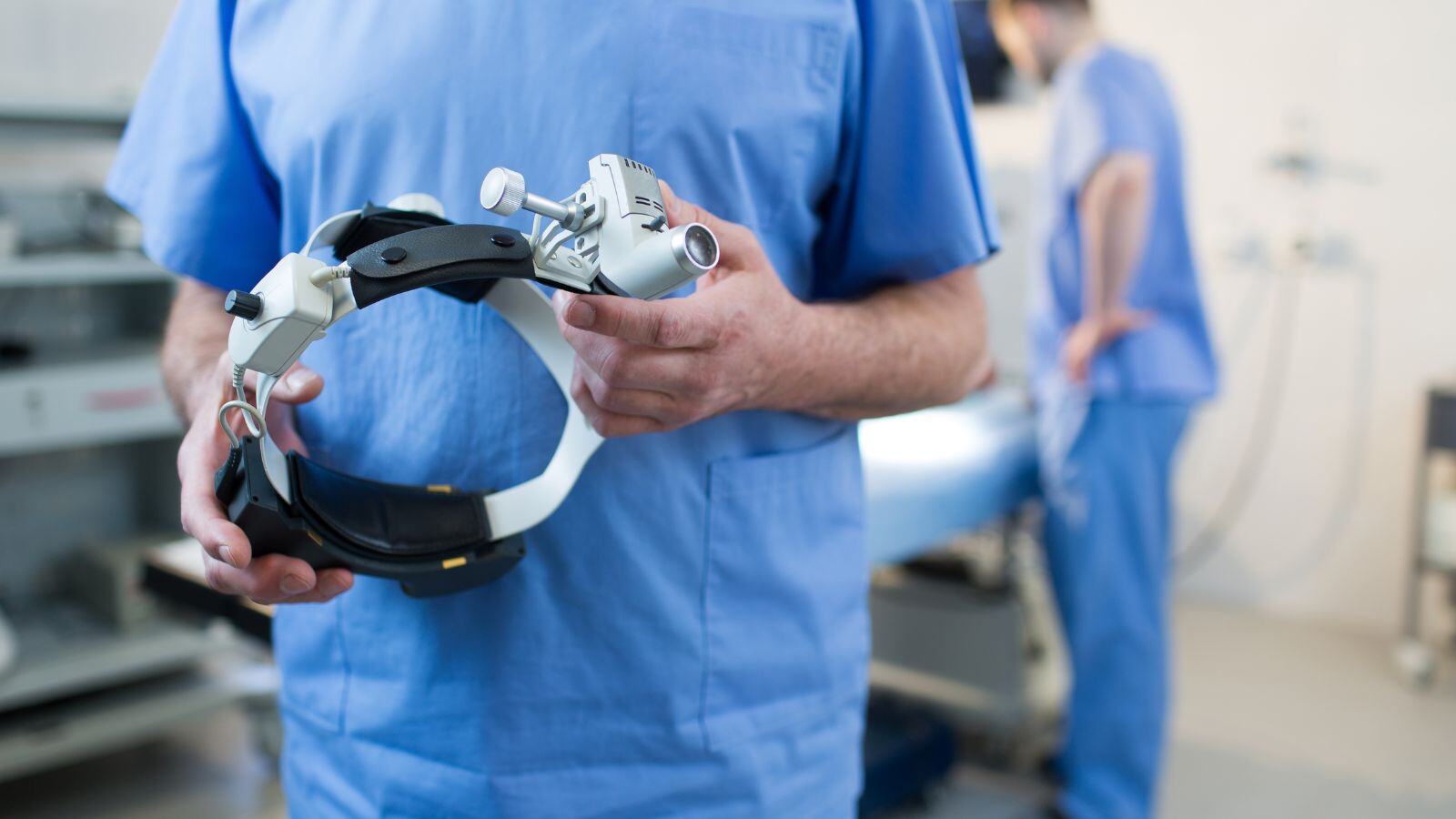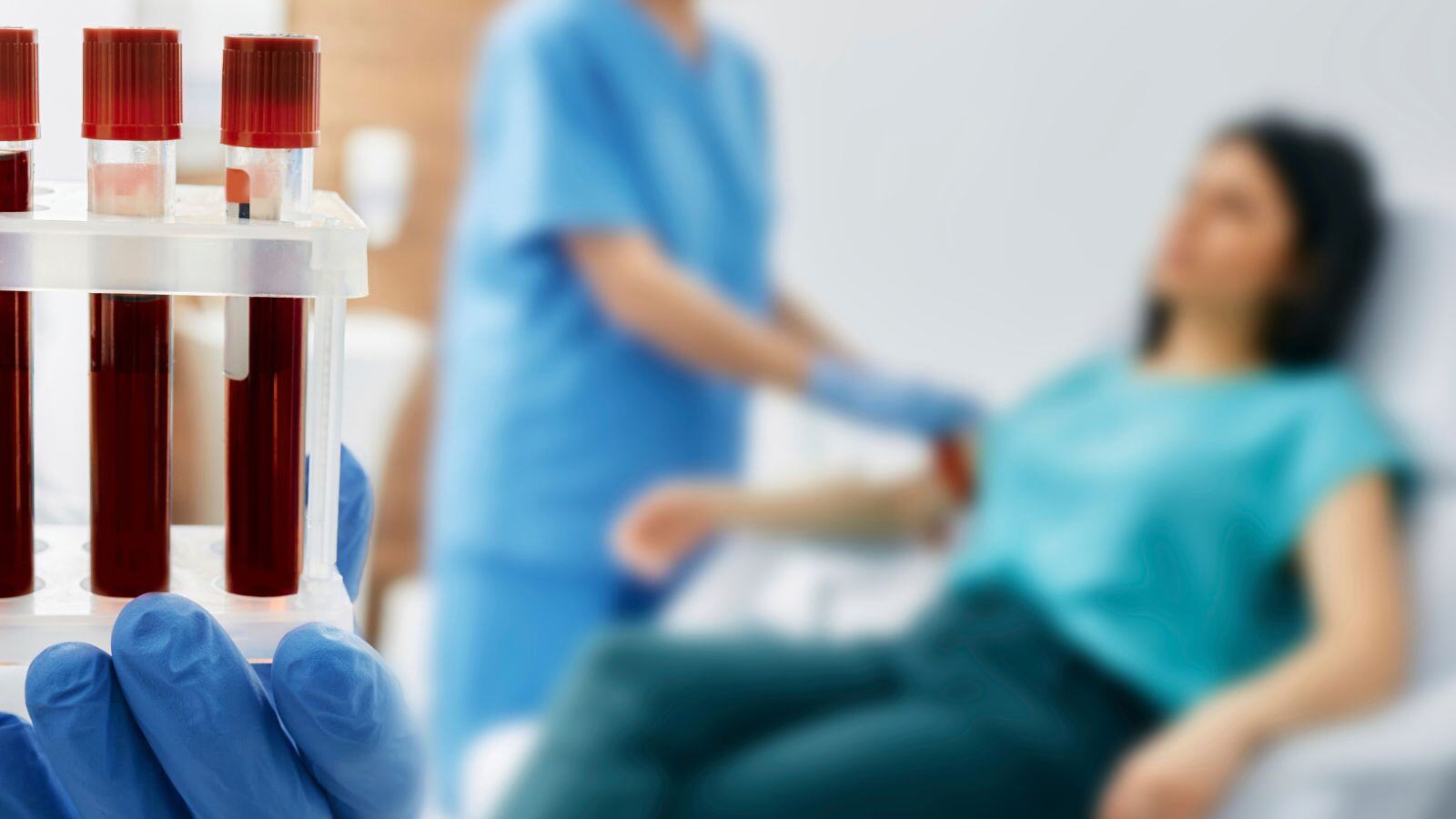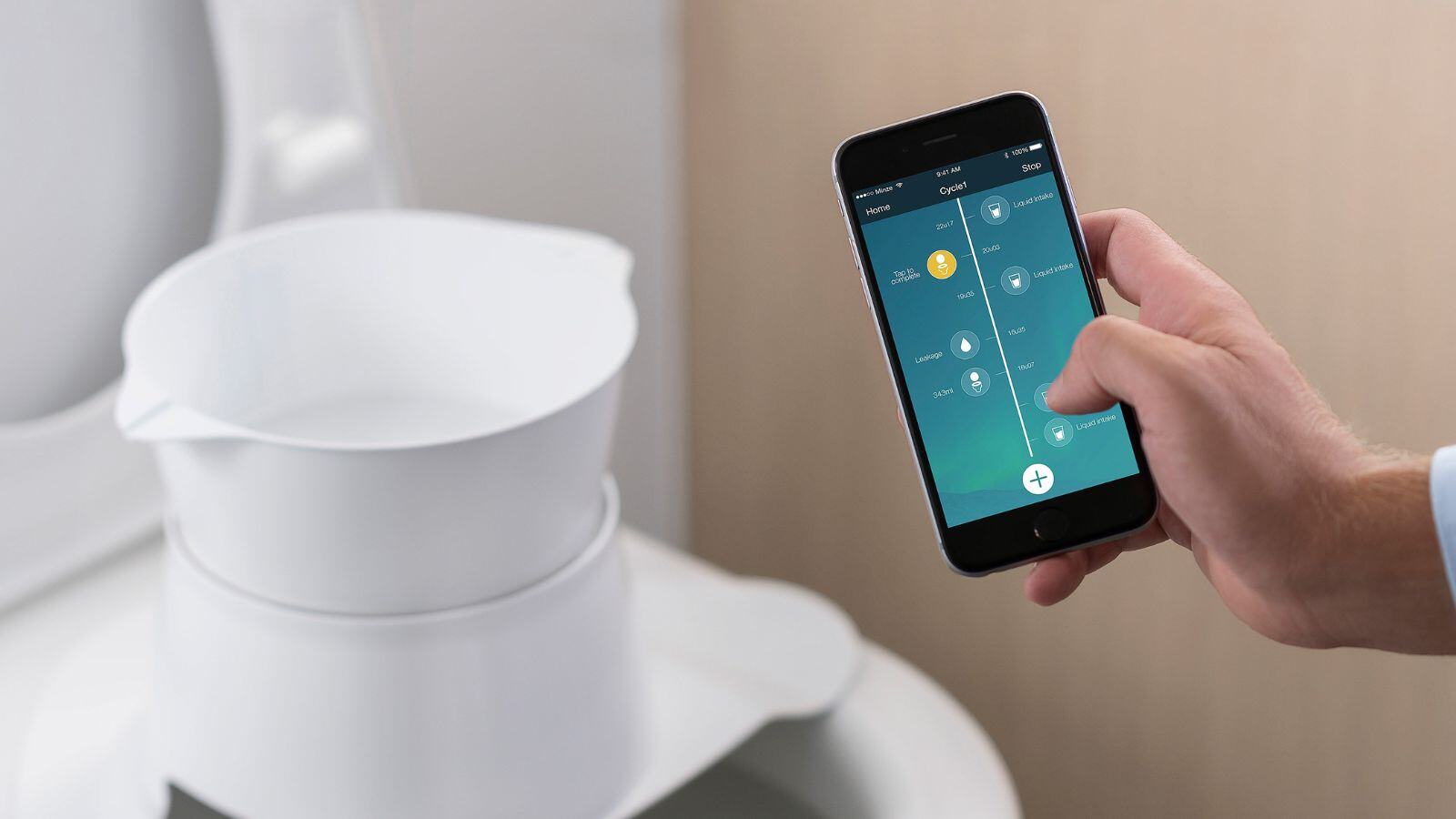Evaluaciones de conformidad para la homologación CE
Como se indica en el sitio web de la Comisión Europea, un producto sanitario sólo puede comercializarse en la UE si el fabricante puede demostrar que cumple todos los requisitos aplicables. Debe realizarse una evaluación de la conformidad antes de que el producto pueda venderse.
Esto significa que debe demostrarse que el producto sanitario cumple todos los requisitos legislativos, incluidos los ensayos, la inspección y las certificaciones, de modo que se garantice la confianza de los consumidores, las autoridades públicas y los fabricantes en cuanto a la conformidad del producto.
En la práctica, el fabricante lleva a cabo la evaluación de la conformidad tal y como se describe en la legislación (MDR en el caso de los Dispositivos Médicos) y redacta una Declaración de Conformidad (DoC) que contiene:
- información sobre el producto
- la legislación conforme a la cual se expide,
- el fabricante o representante autorizado
- el organismo notificado aplicable,
- y una referencia a la norma armonizada o a otros documentos normativos apropiados.
Con el último reglamento sobre productos sanitarios, REGLAMENTO (UE) 2017/745 DEL PARLAMENTO EUROPEO Y DEL CONSEJO de 5 de abril de 2017, se han introducido cambios significativos en el procedimiento de evaluación de la conformidad (Anexos IX a XI), entre los que destaca la exigencia de que todo producto sanitario incluya pruebas clínicas suficientes para demostrar su conformidad.
¿Qué procedimiento de evaluación de la conformidad es el adecuado para tu producto sanitario?
Existen diferentes tipos de procedimientos de evaluación de la conformidad, y el que debe seguir depende de la clasificación de su producto sanitario. Consulta el anexo IX para las evaluaciones basadas en un sistema de gestión de la calidad y la documentación técnica; el anexo X para las evaluaciones de examen de tipo; y el anexo XI para las evaluaciones de ensayos de conformidad del producto.
En casos excepcionales, y previa solicitud, los fabricantes pueden quedar exentos del procedimiento de evaluación de la conformidad. Sin embargo, esto sólo es posible si se ha comprobado previamente que el producto sanitario beneficiará a la salud pública y mejorará la seguridad y/o la salud de los pacientes.
Aprobación CE para productos sanitarios de la clase I
En el caso de los productos sanitarios de clase I (excepto los de clase Im (de medición), clase Is (estériles) y clase Ir (reutilizables)), el fabricante puede optar por la denominada vía de "autocertificación". Para declarar la conformidad del producto, el fabricante emite la Declaración UE de Conformidad con arreglo al artículo 19 del MDR, tras cumplir las obligaciones generales enumeradas en el artículo 10.
La Documentación Técnica debe mantenerse de conformidad con los Anexos II y III. Sin embargo, los productos de las clases Im, Is e Ir requieren un Sistema de Gestión de la Calidad (QMS) limitado para controlar la producción (según el anexo XI, parte A) o para controlar las características especiales (según el anexo IX, capítulos I y III). Los organismos notificados participan en la evaluación de este SGC.
Aprobación CE para productos sanitarios de clase II
Los productos sanitarios de clase II se clasifican a su vez en clase IIa o clase IIb. Los productos de la clase IIb se clasifican en productos implantables, o productos activos destinados a extraer o administrar sustancias medicinales, y los no incluidos en las categorías anteriores.
Quedan exentos de esta clasificación los dispositivos a medida y los productos en investigación. También están exentos las suturas, los aparatos de ortodoncia, los empastes dentales, las coronas dentales, los tornillos, las cuñas, las placas dentales u óseas, los alambres, los pernos y los conectores. Existen requisitos especiales para estos dispositivos exentos.
En general, el MDR ofrece varias opciones para realizar las evaluaciones de conformidad: bien evaluando la Documentación Técnica de una muestra representativa de los productos, bien realizando ensayos para confirmar la conformidad de los productos. La distinción es que para los productos de la clase IIa, un organismo notificado evalúa al menos un producto representativo por categoría, mientras que para los productos de la clase IIb, la evaluación se realiza por grupo genérico de productos.
La evaluación de la conformidad de los productos de la clase IIa puede realizarse con arreglo al anexo IX, que exige un sistema de gestión de la calidad completo y una auditoría por parte de los organismos notificados, junto con su evaluación de la documentación técnica. Alternativamente, el fabricante puede optar por la evaluación con arreglo al Anexo XI para el control del producto, junto con la Documentación Técnica requerida con arreglo a los Anexos II y III, y una auditoría por parte de los Organismos Notificados de la Garantía de Calidad de la Producción para garantizar la capacidad de producir y probar el producto.
Para los productos sanitarios de la clase IIb, ya sean implantables o no implantables, las vías de evaluación de la conformidad a considerar son:
- Anexo IX Capítulo I para el SGC y Sección 4 para la Documentación Técnica, o bien
- Anexo X (Evaluación basada en el examen de tipo) y Anexo XI-Parte A (Garantía de calidad de la producción), o bien
- el anexo X (Evaluación basada en el examen de tipo) y el anexo XI, parte B (Verificación de los productos).
Para los productos sanitarios de la clase IIb que son activos y están destinados a administrar o extraer una sustancia medicinal, también se puede elegir entre tres tipos de evaluaciones de la conformidad:
- Anexo IX, capítulo I (SGC) y sección 4 (Documentación técnica de cada producto con revisión por expertos), o bien
- Anexo X (Evaluación basada en el examen de tipo) y anexo XI-Parte A (Garantía de calidad de la producción), o bien
- el anexo X (Evaluación basada en el examen de tipo) y el anexo XI, parte B (Verificación del producto).
Aprobación CE para productos sanitarios de la clase III
Para los productos de la clase III, la evaluación de la conformidad se basará en la garantía del sistema de gestión de la calidad y en la evaluación de la documentación técnica, y deberá evaluarse cada archivo de la documentación técnica.
Para los productos de la clase III (excluidos los productos a medida o en investigación), podrán utilizarse las siguientes vías de evaluación de la conformidad:
- Anexo IX (Evaluación basada en un SGC y evaluación de la documentación técnica completa) y también será necesario un panel de expertos para evaluar los productos implantables de clase III, o bien
- Anexo X (Evaluación basada en un examen de tipo) y anexo XI-Parte A (Garantía de calidad de la producción), o bien
- el anexo X (Evaluación basada en el examen de tipo) y el anexo XI, parte B (Verificación del producto).
Existen requisitos adicionales en el anexo IX para los productos que incorporen medicamentos, los productos que incorporen células o tejidos animales o humanos, o los productos que se introduzcan en el cuerpo humano a través de orificios corporales o se apliquen sobre la piel y estén destinados a ser absorbidos o dispersados localmente.
Aprobación CE de productos sanitarios a medida
Para los productos a medida, debe seguirse el procedimiento descrito en el Anexo XIII (Procedimiento para los productos a medida), y debe emitirse una declaración de conformidad con la Sección 1 de este Anexo antes de comercializar el producto. Esta declaración establece los requisitos para la elaboración de una declaración sobre el producto y para el mantenimiento de registros.
Los productos a medida implantables de la clase III deben seguir el procedimiento del capítulo I del anexo IX (Certificación del sistema de gestión de la calidad), con una evaluación por parte de un organismo notificado, ya sea del sistema de gestión de la calidad o del aseguramiento de la calidad de la producción.
¿Cuándo es necesaria la participación del Organismo Notificado?
El primer paso: las responsabilidades del fabricante
El fabricante debe establecer un sistema de gestión de la calidad conforme a los requisitos del MDR. Este sistema debe estar documentado, implantado y ser eficaz durante todo el ciclo de vida del producto sanitario.
A continuación, el Organismo Notificado solicitará toda la información y los datos necesarios para llevar a cabo una auditoría del sistema de gestión de la calidad, asegurándose de que cumple los requisitos especificados. Deben documentarse los siguientes aspectos
- Objetivos de calidad del fabricante,
- Organización de la empresa,
- Procedimientos y técnicas de seguimiento, verificación, validación y control del diseño del producto,
- Técnicas de aseguramiento y control de la calidad para la fabricación, y
- Procedimientos de ensayo antes, durante y después de la fabricación.
Además, el fabricante también debe facilitar la documentación técnica. Si el fabricante aplica otras normas, también se evaluará la conformidad con las mismas. Si la auditoría se supera con éxito, el Organismo Notificado expide un Certificado de Gestión de la Calidad de la UE.
El siguiente paso: las responsabilidades del Organismo Notificado
Una evaluación de vigilancia se lleva a cabo para los productos de las clases IIa, IIb y III (incluidas las categorías Im, Is e Ir). El Organismo Notificado llevará a cabo auditorías y evaluaciones periódicas (normalmente anuales, así como sin previo aviso al menos una vez cada 5 años) para garantizar que el fabricante sigue aplicando el sistema de Gestión de la Calidad (GCC) previamente aprobado y, además, aplica el plan de vigilancia poscomercialización. En el caso de los productos de las clases IIa y IIb, la evaluación de la vigilancia también incluye una evaluación de la documentación técnica.
El certificado de conformidad expedido por los Organismos Notificados tiene una validez máxima de 5 años. Este certificado puede prorrogarse previa solicitud del fabricante, acompañada de una reevaluación. En virtud del MDR, los certificados de marcado CE deben registrarse en EUDAMED (la base de datos electrónica europea sobre productos sanitarios).
¿Qué ocurre con la evaluación clínica y las diferentes clases de productos?
La prueba del cumplimiento de los requisitos generales de seguridad y funcionamiento de cada producto sanitario está sometida a un escrutinio cada vez mayor. Desde la aplicación del MDR (Reglamento de Productos Sanitarios), se ha impuesto un proceso más detallado y estructurado, que dicta la necesidad de pruebas clínicas suficientes para todos los productos sanitarios, independientemente de su clasificación.
La evaluación clínica forma parte integrante de la documentación técnica. Los requisitos generales para el proceso de evaluación clínica se describen en el apartado 3 del artículo 61. Este proceso es un procedimiento definido y metodológicamente sólido que debe incluir:
- Una evaluación crítica de la literatura científica pertinente,
- Una evaluación crítica de los resultados de todas las investigaciones clínicas disponibles, y
- La consideración de las opciones de tratamiento alternativas disponibles en la actualidad.
Según el apartado 1 de la parte A del anexo XIV, debe haber un plan de evaluación clínica, lo que implica una fase de planificación. Esta incluye una fase de identificación de los datos clínicos pertinentes (fase 1), una fase de evaluación de los datos (fase 2) y, en función del resultado de la evaluación, la posible generación de nuevos datos mediante investigaciones clínicas. A continuación sigue una fase de análisis de los datos (fase 3). Por último, de acuerdo con el apartado 4, el proceso y el resultado deben documentarse en un Informe de Evaluación Clínica, lo que significa una etapa de información (Etapa 4).
Este proceso puede seguir las directrices de MEDDEV 2.7/1 rev4 hasta que el MDCG (Grupo de Coordinación de Productos Sanitarios) publique directrices específicas sobre Evaluaciones Clínicas. Obsérvese que no se hacen exenciones basadas en la clasificación del producto, lo que indica que todos los tipos de productos sanitarios deben someterse al mismo proceso de evaluación clínica. Esto implica una revisión bibliográfica del estado de la técnica y la formulación de un plan y un informe de evaluación clínica.
¿Necesitas ayuda con la aprobación CE de tu producto sanitario?
El procedimiento de evaluación de la conformidad, con sus diversas variantes y requisitos con arreglo al MDR, puede parecer desalentador. En la tabla siguiente (haga clic para ampliarla), hemos resumido todos los requisitos de forma concisa, clasificados por clase de dispositivo.












.jpg)



